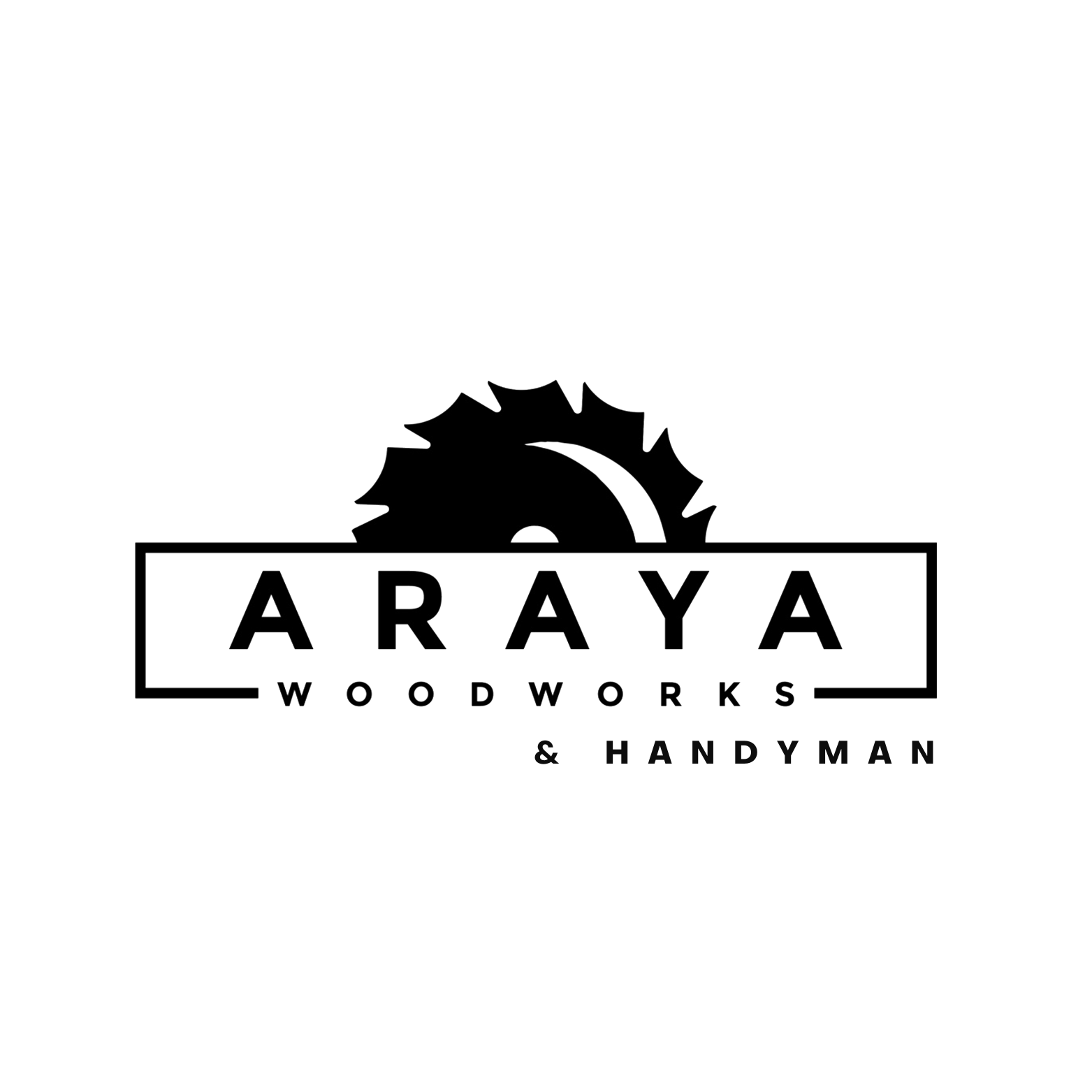5 Tools to get started
One question that I often get is related to which tools are good for DIYers that are starting. There are so many options out there for tools and they can get extremely pricey. Below are the 5 tools I think are great to start without breaking the bank.
1- Circular Saw:
This is such a versatile tool. It can rip, cut, and cross-cut wood and other materials just by changing the blade. One tip I have learned with my own circular saw is to find one that is not too heavy. Most circulars saws are meant for construction purposes, therefore are really heavy and powerful. A battery power circular saw will give you the flexibility to move around and keep your arm from cramping after making several rip cuts. The main complain with a circular saw is that is really hard and dangerous to cut curves and get into small places.
2- Jigsaw:
The jigsaw is the answer to the curve problem the circular saw gives. A jigsaw (with the right blade) can make straight cuts and curve cuts. Extremely versatile tool. Blade change on jigsaws are usually really easy and with the different blades, the jigsaw can cut several materials like wood, PVC and metal.
3- Drill Combo:
I know, this one is a bit of a cheat. However, most companies sell drills as a combo (Drill/driver and an Impact Driver). It is true that you can drill holes and drive screws with only one of the two; however, the practicality to have one for drilling holes and another for driving screws cannot be beat.
4- Pocket Hole Jig
As you get into woodwork and DIY projects, there are more and more options to be able to piece together some wood. A Pocket Hole Jig is a great tool to join pieces of wood together in a semi-hidden way. One of the advantages of a pocket hole jig is the amount of projects out there that you can utilize this tool for. With a few pieces of wood, a drill combo, screws and this tool, you can make coffee tables, sofas and even beds. The possibilities are endless (kind of).
5- Orbital Sander
Lastly, an orbital sander expedites the finishing process of a project. You could sand everything by hand, but I believe that will not last long before you realize how tedious this task is. The Orbital Sander will not replace every single sanding task you will ever do. At some point you will need some elbow grease to get this task done; however, a sander helps for long and flat surfaces that need to be smooth.
The list above is not meant to be comprehensive. It is only a guide for a few tools that I have purchased and I see value in them to this day. The list contains some must haves in order to get a few projects under your belt.
Misc
Glue: To this day, I am surprised at how strong yellow wood glue is. Coupled with some clamps, you can glue boards and panels together.
Clamps: “You can never have too many clamps.” I am sure you will never hear this enough. Clamps are a lifesaver. I recommend starting with 8-12″, 4-24″. You will quickly realized what size clamps you need as you build more projects. Pro tip: Pipe clamps are a must for a beginner when needing clamps longer than 48″.
Screws: Get yourself a box of 1 1/4, 1 5/8 and 2 1/2 screws. These are the ones that I use the most.
Drill/Driver Bits: I purchased a combination accessory set. It will help you find out what you need as you use it. These bits are not meant to last forever but help you understand sizes and what you need. Once you know, you can invest in good bits.
Sand Paper: My sanding pattern is always 80 grit, 120 grit and finished with 220 grit. Those are the three main grits I own.
P.S: This is not a sponsored post by Ryobi. I just think they have great tools for beginners at affordable prices.










